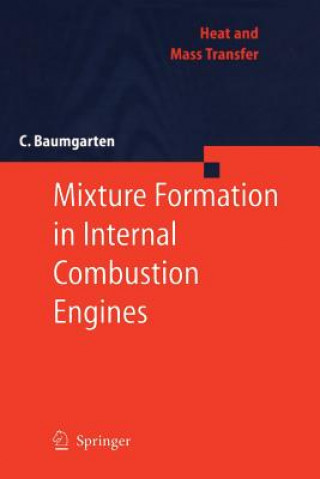
Kód: 01652013
Mixture Formation in Internal Combustion Engines
Autor Carsten Baumgarten
The book covers the various approaches to modelling, measuring and optimising the mixture formation process in internal combustion engines. Due to their complexity and importance in predicting the temporal and spatial distribution ... celý popis
- Jazyk:
 Angličtina
Angličtina - Vazba: Brožovaná
- Počet stran: 294
Nakladatelství: Springer-Verlag Berlin and Heidelberg GmbH & Co. KG, 2010
- Více informací o knize

5094 Kč

Skladem u dodavatele v malém množství
Odesíláme za 12-15 dnů
Potřebujete více kusů?Máte-li zájem o více kusů, prověřte, prosím, nejprve dostupnost titulu na naši zákaznické podpoře.
Přidat mezi přání
Mohlo by se vám také líbit
-

Hardcoregaming101.Net Presents
753 Kč -

Gears and Gear Drives
4806 Kč -

Xxxholic Omnibus 1
407 Kč -

Services Management: Pearson New International Edition
2335 Kč -

Splash, Anna Hibiscus!
223 Kč -

Quantum Realm
535 Kč -
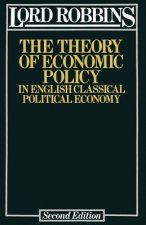
Theory of Economic Policy
1681 Kč
Darujte tuto knihu ještě dnes
- Objednejte knihu a zvolte Zaslat jako dárek.
- Obratem obdržíte darovací poukaz na knihu, který můžete ihned předat obdarovanému.
- Knihu zašleme na adresu obdarovaného, o nic se nestaráte.
Více informací o knize Mixture Formation in Internal Combustion Engines
Nákupem získáte 509 bodů
 Anotace knihy
Anotace knihy
The book covers the various approaches to modelling, measuring and optimising the mixture formation process in internal combustion engines. Due to their complexity and importance in predicting the temporal and spatial distribution of liquid and gaseous fuel inside the cylinder, special emphasis is put on the detailed description of multi-dimensional CFD-models regarding the flow conditions inside the injection nozzle, the primary and secondary spray break-up, evaporation, turbulent dispersion, collision, wall impingement and ignition. Example calculations are compared with semi-empirical relations and corresponding experimental data - represented in diagrams as well as in images resulting from modern optical measurement techniques - in order to discuss the capabilities of today s simulation models as well as their shortcomings. Moreover, today s and future requirements concerning the development of injection systems capable of optimising the combustion process in terms of reduced fuel consumption and emissions are discussed. The reader will also be provided with an overview of the most important optical measurement techniques for the investigation of mixture formation in internal combustion engines.This book covers the various approaches to modelling and optimising the spray and mixture formation processes in modern internal combustion engines. Due to their complexity and importance in predicting the temporal and spatial distribution of liquid and gaseous fuel inside the cylinder, special emphasis is put on the detailed description of multi-dimensional CFD-models. The book describes and discusses the most widely used mathematical models for in-cylinder spray and mixture formation processes. These processes are the most important sub-processes today affecting engine fuel consumption and pollutant emissions. The relevant thermodynamic and fluid dynamic processes are summarized, and then the application to the in-cylinder processes is described. Although the combustion and formation of emissions are not part of this book, the effects of the different mixture formation concepts on the combustion process are always included.§After the introduction (chapter 1), the fundamentals of mixture formation like injection systems and nozzle types, break-up regimes of liquid jets and droplets, semi-empirical relations and basic experimental investigations are summarized in chapter 2. Hence, this chapter provides the reader with the basic knowledge in order to facilitate the comprehension of the following parts. In the third chapter the basic conservation equations which are necessary for the three-dimensional simulation of mixture formation are derived. This chapter includes the relevant equations for the description of the continuous phase (Eulerian description, conservation equations, turbulence modelling) and the dispersed phase (Lagrangian description, spray equation, Monte-Carlo-Method and stochastic-parcel-method).§The three-dimensional CFD modelling of primary and secondary spray break-up, evaporation, turbulent dispersion, collision, wall impingement and ignition is presented in detail in chapter four. Example calculations are compared with semi-empirical relations and corresponding experimental data - represented in diagrams as well as in images resulting from modern optical measurement techniques - in order to discuss the capabilities of today s simulation models as well as their shortcomings.§Chapter five is about the influence of grid resolution on the numerical computations of jets. The Problem of defining an optimal grid size as well as approaches to reduce the grid dependency are discussed.§The last chapter deals with modern strategies for mixture formation and combustion processes. Today s and future requirements concerning the development of injection systems capable of optimising the combustion process in terms of reduced fuel consumption and emissions are discussed. Mixture formation concepts like gasoline direct wall-guided, air-guided and spray-guided injection techniques, variable rate shaping, variable needle lift, modulation of injection pressure as well as the application of homogeneous charge compression ignition concepts are described and compared with experimental data. §This book may serve both as a graduate level textbook for combustion engineering students and as a reference for professionals in the field of in-cylinder mixture formation and combustion engine modelling.
 Parametry knihy
Parametry knihy
Zařazení knihy Knihy v angličtině Technology, engineering, agriculture Mechanical engineering & materials Mechanical engineering
5094 Kč
- Plný název: Mixture Formation in Internal Combustion Engines
- Autor: Carsten Baumgarten
- Jazyk:
 Angličtina
Angličtina - Vazba: Brožovaná
- Počet stran: 294
- EAN: 9783642068089
- ISBN: 3642068081
- ID: 01652013
- Nakladatelství: Springer-Verlag Berlin and Heidelberg GmbH & Co. KG
- Hmotnost: 480 g
- Rozměry: 235 × 155 × 17 mm
- Datum vydání: 23. November 2010
Oblíbené z jiného soudku
-

Kaw Vulcan 800 & Classic 95-05
972 Kč -
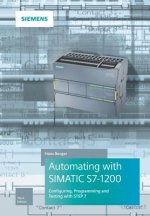
Automating with SIMATIC S7-1200 3e - Configuring, Programming and Testing with STEP 7
1846 Kč -
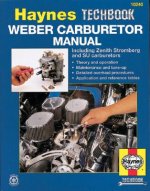
Weber/Zenith Stromberg/Su Carburetor Manual
1026 Kč -
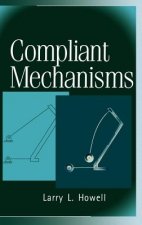
Compliant Mechanisms
4288 Kč -
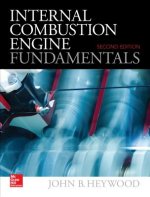
Internal Combustion Engine Fundamentals 2E
4104 Kč -
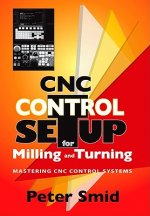
CNC Setup for Milling and Turning
3076 Kč -

Honda CB900-1100 Fours 80-83
1273 Kč -
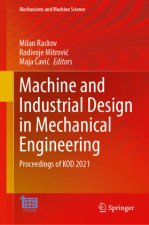
Machine and Industrial Design in Mechanical Engineering
1830 Kč -
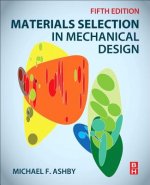
Materials Selection in Mechanical Design
1627 Kč -

Suzuki Vs1400 Intruder/Boulevard S83 1987-2007
1085 Kč -

Tunisian Crochet
606 Kč -

Mastermyr Find
402 Kč -
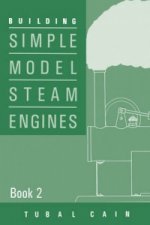
Building Simple Model Steam Engines
222 Kč -
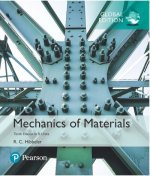
Mechanics of Materials, SI Edition
2479 Kč -
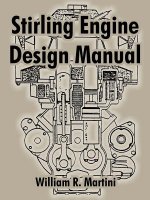
Stirling Engine Design Manual
1147 Kč -

Manufacturing Engineering Handbook, Second Edition
5534 Kč -

Contemporary Irish Knitting
702 Kč -
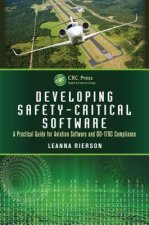
Developing Safety-Critical Software
2820 Kč -
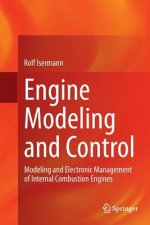
Engine Modeling and Control
4204 Kč -

Clymer Harley-Davidson FXD Twin Cam 88
1085 Kč -

How to Be Chic and Elegant
302 Kč -

Heat Pump Fundamentals
1681 Kč -
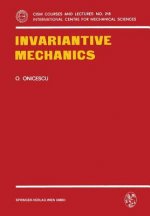
Invariantive Mechanics
1681 Kč -
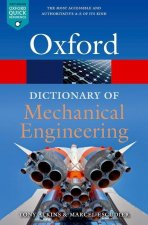
Dictionary of Mechanical Engineering
431 Kč -

Jet Engine 5e
1665 Kč -

507 Mechanical Movements
298 Kč -
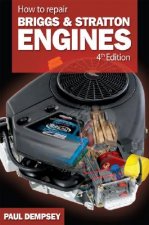
How to Repair Briggs and Stratton Engines, 4th Ed.
593 Kč -
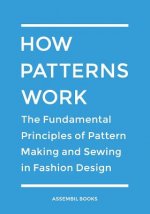
How Patterns Work
780 Kč -

Freeform Knitting and Crochet
619 Kč -
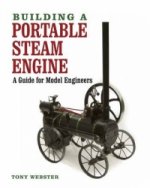
Building a Portable Steam Engine
602 Kč -
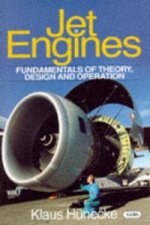
Jet Engines
605 Kč -
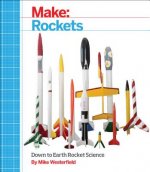
Make - Rockets
782 Kč -
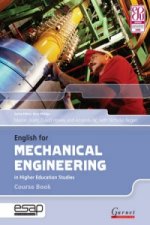
English for Mechanical Engineering Course Book + CDs
848 Kč -

Lean Maintenance Repair and Overhaul
1733 Kč -

Corrosion for Everybody
2810 Kč -
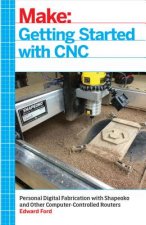
Getting Started with CNC
483 Kč -
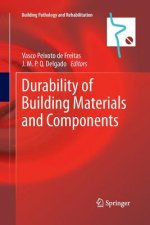
Durability of Building Materials and Components
3313 Kč -

Two-Stroke Engine Repair and Maintenance
606 Kč -

Modern Steam Engines
479 Kč -
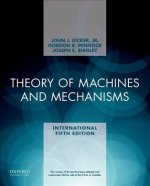
Theory of Machines and Mechanisms
3957 Kč -

Quick & Easy Quilts for Kids
215 Kč -

Design of Experiments for Engineers and Scientists
1430 Kč -

String Theory Demystified
756 Kč -

With Fabric & Thread
880 Kč -

Inside Rhinoceros 5
3375 Kč -

HÜTTE Set: Grundlagen für Ingenieure
5235 Kč -
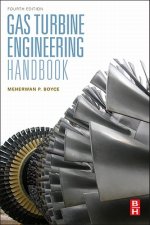
Gas Turbine Engineering Handbook
4779 Kč -

Rowans Greatest Knits
697 Kč -
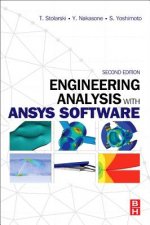
Engineering Analysis with ANSYS Software
2655 Kč
Osobní odběr Praha, Brno a 12903 dalších
Copyright ©2008-24 nejlevnejsi-knihy.cz Všechna práva vyhrazenaSoukromíCookies


 Vrácení do měsíce
Vrácení do měsíce 571 999 099 (8-15.30h)
571 999 099 (8-15.30h)